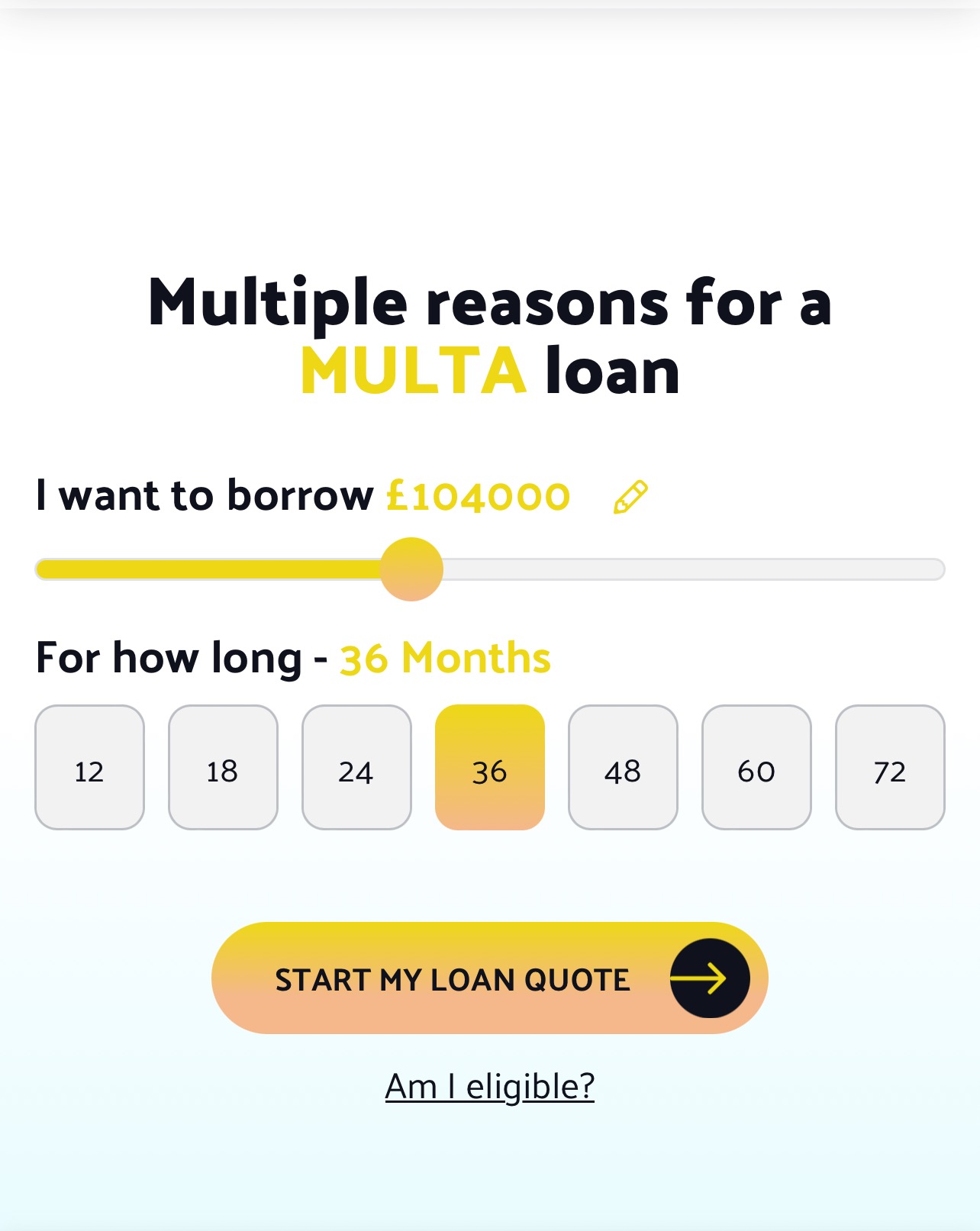Buying a home is one thing. Buying more than one or pulling equity from your first one? That’s next level. If you’re using a VA loan, the good news is this: you’ve got some serious power behind you. VA loans are one of the best benefits out there for service members, vets, and qualifying spouses. Zero down payment. No private mortgage insurance. Great rates. But when it comes to a second mortgage or a second VA loan, people get confused fast.
Here’s the thing. The VA does have rules. They don’t give out unlimited money or let you buy five homes just for fun. But under the right setup, you can have more than one VA-backed loan. You might even be able to get a second mortgage on a home you already own with a VA loan. It all depends on your entitlement, your income, and how you plan to use the property.
In this post, we’ll break it all down. You’ll get real answers to real questions. Can you have a second mortgage on a VA loan? Do you have to put money down on a second VA loan? Can you buy two houses at once? How much money do you need to afford a $400,000 home with a VA loan? And just how many homes can you have backed by the VA? We’ve got all that right here. Let’s get into it.
Can You Have A 2nd Mortgage On A VA Loan?
Yes, you can have a second mortgage on a home with a VA loan. But it depends on a few things. First, the VA loan is usually the first lien. That means it gets paid first if something goes wrong. A second mortgage sits behind that. It could be a home equity loan or a home equity line of credit. You can use that second mortgage to pull cash from your home.
Your lender has to approve the second loan. Not all lenders like doing second mortgages behind VA loans. It adds risk. If you stop paying, the VA loan gets paid first. That means the second lender might not get their money back. So, you’ll need solid credit, steady income, and a good reason for the second loan.
Also, you can’t use a second mortgage to buy a fancy car or take a vacation. Lenders want to see the money going into something smart. Like home repairs, paying off high-interest debt, or covering major needs. As long as you qualify and follow the rules, yes, you can have a second mortgage with a VA loan. Just make sure the math works. Don’t overdo it. That second loan is still a loan, and you have to pay it back.
Do You Have To Put Money Down On A Second VA Loan?
In many cases, no. Just like with your first VA loan, the second one can also come with zero down. The key is your remaining entitlement. When you use a VA loan the first time, you use up part of your VA entitlement. If you sell the home and pay off the loan, you can restore your full entitlement. If you keep the home and the loan, only part of your entitlement remains.
If you have enough entitlement left, you can buy another house with no money down. But if your remaining entitlement isn’t enough, you might have to put down some cash. How much? That depends on the price of the new home and how much entitlement you have left. The VA doesn’t cap how much you can borrow, but they do limit how much they’ll back. In 2025, that number is tied to your local loan limit, which in most areas is around $750,000.
Let’s keep it simple. If you used part of your benefit already and want to keep that first house, your second VA loan might require a down payment. But if you’ve got full entitlement, you’re likely good to go with zero down again. Either way, it’s worth checking with a lender. They’ll run the numbers and let you know where you stand.
How Much Do I Need To Make To Buy A $400K House With VA Loan?
There’s no one-size-fits-all answer. It depends on your monthly debts, your credit score, and how much money you bring in. But let’s ballpark it. Most lenders want your total monthly debts including your future mortgage to be under 41 percent of your monthly income. That’s the VA’s debt-to-income guideline.
For a $400,000 house, your monthly payment might land somewhere around $2,500. That includes the loan, taxes, and insurance. If you have no other big debts, you’d need to make around $6,200 per month to stay within the DTI limit. That’s about $74,000 per year. But if you’ve got car payments, credit cards, or student loans, you’ll need to make more.
Don’t forget about credit score. Most lenders want at least a 620 score for a VA loan. Higher scores can help you get better rates. Lower scores may still get approved, but it gets harder. Also, keep in mind your job history. The VA wants steady income. Two years at the same job looks good. Gaps in work or bouncing around can raise red flags.
Bottom line: to buy a $400,000 house with a VA loan, aim for at least $75,000 income and low other debts. But your exact number may be higher or lower based on your full picture. Talk to a lender for a full breakdown.
Can You Buy Two Houses At Once With A VA Loan?

Not usually. The VA loan is meant for your main home. You can’t use it to buy two properties at once unless there’s a really specific reason. If you’re moving to a new place and planning to rent out the old home, you might be able to keep both with two VA loans. But you can’t buy two at the same time just to build a real estate portfolio.
You must live in the home you buy with a VA loan. That’s the rule. It has to be your primary home. Not a rental. Not a vacation house. You’ll need to sign paperwork saying you plan to live there. If you lie, you could be in big trouble. That includes fines or even legal charges.
Still, there are workarounds. Some service members get orders to move. In that case, you might be able to keep your first VA-financed home as a rental, and use a second VA loan to buy at your new duty station. You’ll need enough entitlement left and must meet income rules for both homes. If you qualify, you can do it. But buying two homes at the same time using a VA loan? Not likely. The system isn’t built for that.
Does VA Allow For Second Homes?
No. The VA loan is not for second homes or vacation homes. It’s strictly for your main place to live. That means the house you sleep in most nights. The place you call home. If you try to use a VA loan for a cabin, beach house, or ski lodge, it won’t fly.
The rules are clear. You must plan to live in the home full time. You usually have to move in within 60 days of closing. There are rare cases where you can delay move-in. Like if you’re deployed. But even then, you have to show real intent to live there once you’re back. Some people try to stretch the truth, saying they’ll live there when they really won’t. That can get you into trouble.
If you want a second home, you’ll need a regular loan. You can’t use a VA loan for it. You can keep your VA-financed home and get a second house, but that second house has to be paid for another way. FHA, conventional, or cash. But don’t expect the VA to help you with vacation properties. That’s not what the program is for.
How Many Homes Can You Have Under A VA Loan?
Technically, you can have more than one. But it’s not common. And it only works if you haven’t used up all your entitlement. Each time you use a VA loan, you use part of your benefit. If you sell the home and pay off the VA loan, you can restore that benefit. That means you can use it again.
Some people keep their first VA home and rent it out. Then they move and buy a second home using the rest of their VA entitlement. To do that, you’ll need to qualify for both loans. That means enough income to cover both monthly payments. You’ll also need decent credit and enough leftover entitlement to cover the second home.
The number of homes isn’t the issue. It’s about the math. If you’ve got full entitlement, you can get a new VA loan. If you’ve only used part, you can use the rest. You just can’t go over your limit unless you add a down payment. So, while the VA won’t help you stack up homes for a real estate empire, it’s possible to have two VA loans at once in the right situation.
Conclusion
VA loans offer serious value. No down payment. No mortgage insurance. Lower rates. But they come with rules. You can’t use them for vacation homes. You can’t buy two houses at once unless you’ve got a strong reason. And you need to prove you’re living in the home.
Still, you’ve got options. You can have a second mortgage on a VA-financed home. You can even get a second VA loan if you have enough entitlement left. You just need to meet the rules. Enough income. Decent credit. Real need for
the new home.
If you’re a veteran or active-duty service member, don’t leave this benefit sitting on the table. Use it smart. Talk to a lender who knows the VA system. Ask the tough questions. Get clear answers. The VA loan can open doors. Just make sure you’re walking through the right ones.






